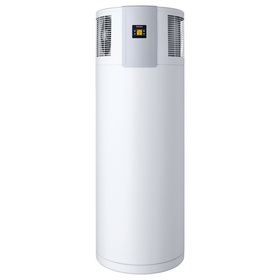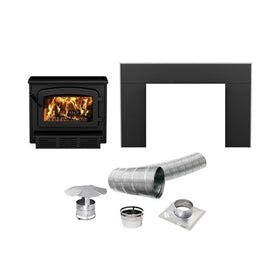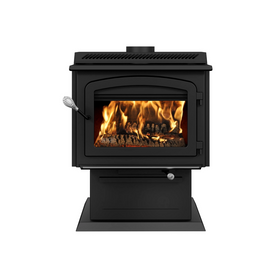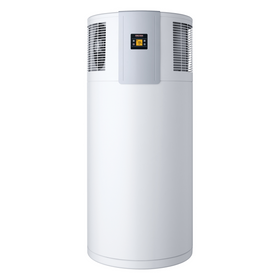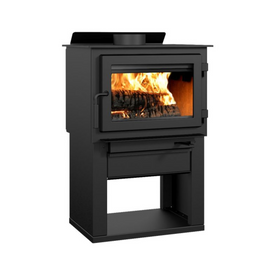
Home Trends for 2021: Maximizing Multifunctional Spaces Sustainably
Last Updated: Apr 9, 2025Who isn't ready to leave 2020 behind? After all the challenges we've faced and continue to confront, we're pumped for a fresh start in 2021. Still, the difficulties posed by 2020 have also presented us with possibilities and opportunities to change how we work, relax, and play—changes that benefit ourselves and our communities, and the planet.
Table of Contents
- What Are the Biggest Home Trends for 2021?
- Multifunctional Spaces, Dual-Purpose Furniture
- Reuse, Recycle
- Renewing and Renovating
- Bring the Outside In
- Energy-Efficient Televisions
- Hybrid and Healthy Living Spaces
What Are the Biggest Home Trends for 2021?
Being forced to stay home made us increasingly aware of our impact on the earth. Not only are we ditching single-use plastic, toxic cleaning supplies, and chemical lawn and garden fertilizers, we've also been decluttering like mad. This summer saw the "victory garden" return as homeowners supplemented their pantries with homegrown and organic fruits and vegetables.
Our homes also became much more than places to gather with family or hang our hats after a long day. The house was suddenly the workplace, school, gym, yoga studio, and more. Perhaps no other room got more use, or become more multifunctional, than the living room. So, as we enter a new year, let's talk about how to maximize our hybrid living spaces sustainably.
Multifunctional Spaces, Dual-Purpose Furniture
During the first COVID lockdown, living rooms, kitchen islands, and dining tables were deployed as places for virtual learning, Zoom meetings, and workspaces. Family members vied for quiet spots in which to take care of business. Designers figured out how to create peaceful work zones using sound-absorbing fabric. Earbuds and headphones became necessary, as did carving out places to take a meeting, unfurl the yoga mat, or study for class.
Taking cues from minimalism and tiny homes and how furnishings serve multiple purposes in these places is critical as we move into 2021. Ideas include:
- A small work table that pulls down from a wall
- A dining table that folds into a bench or desk, and
- Storage that hides office or art supplies
All of these can ease the strain of using a single room for different purposes. Some furniture can be folded into compact shapes when not in use. You can then slip it underneath a bed or behind a couch. When shopping for multipurpose sustainable furniture, consider materials like bamboo, cork, and FSC-certified wood. If you're buying upholstered furniture, select sustainable textiles to eliminate off-gassing, chemical residue. Some companies, like Steelcase, even offset the carbon associated with their manufacturing.
Designers also predict that furniture styles will trend toward the soft, rounded, and overstuffed once again, as families continue to spend most of their time safely at home. Alessandra Wood, vice president of style at Modsy, told Insider that people want to add comfort layers while maintaining functionality to their spaces.

Reuse, Recycle
Several trend forecasters in the interior design industry advocate that homeowners look to vintage, antique, salvage, and consignment shops for one-of-a-kind pieces that reflect their personality and style. Hooray for upcycling! According to Sampleboard, sustainability in the home now taps into the domain of paints, objects, and materials. They go on to say that the industry is exploring different production technologies and promoting recycling. That the growing popularity of vintage furniture and decor with Millennials is helping move the needle forward.
Used furnishings also often come with provenance or a story that makes them unique. They add authenticity and a sense of history to your home décor while allowing for personalization and experimentation. Alessandra Wood told Insider that this style is called "Grandmillenial" and described it as "eco-friendly" as well as affordable.

Searching for the perfect piece at a local antique or consignment shop also provides a sense of adventure and discovery. And, this purchase supports the community in which you live. Similarly, finding a multifunctional table or bench handcrafted by a local maker from recycled materials infuses your living room with a whole new level of creativity.

Choose sustainable flooring and rugs made from non-toxic materials. If walls need painting, or you're thinking of changing a wall color to highlight a specific area in your living space, choose low- or no-VOC paints. Milk paint is another sustainable option. Paint companies also address homeowners' desires for non-toxic paints and colors that reflect the warmth and groundedness of nature. Color palettes for 2021 include earth-toned pigments, bright floral hues, and calm, quiet tones.

Bring the Outside In
Bringing nature inside the living room, especially in cold climates where the winter days can be long and dreary, is a great strategy. It not only benefits our mental health but helps keep our indoor air clean and fresh. After spending so much of 2020 isolated from others in our homes, the benefits of bringing nature inside have become quite apparent.
Jason Chongue, from The Plant Society, commented that plants transform the atmosphere of our indoor spaces effortlessly and inexpensively. According to House Beautiful, house plants trending in 2021 include Fishbone Cactus, Velvet Calathea, and Snake Plant.

Consider finding a spot near a window for an indoor garden. Research the best indoor plants for purifying indoor air—such as spider plants, chrysanthemums, and areca palms. Succulents are still popular and low-maintenance. BloomingTables is a multifunctional, space-saving option for growing succulents, and you can use the glass top to display décor.
Incorporating biophilic design into your living areas not only brings you closer to nature. Plants create a natural habitat-like sanctuary in the privacy of your homes. Indoor plants can also provide a green "fence" or "wall" between a home-office space and the kids' study or school space.
Camille LeFevre
Camille LeFevre is an architecture and design writer based in the Twin Cities.





